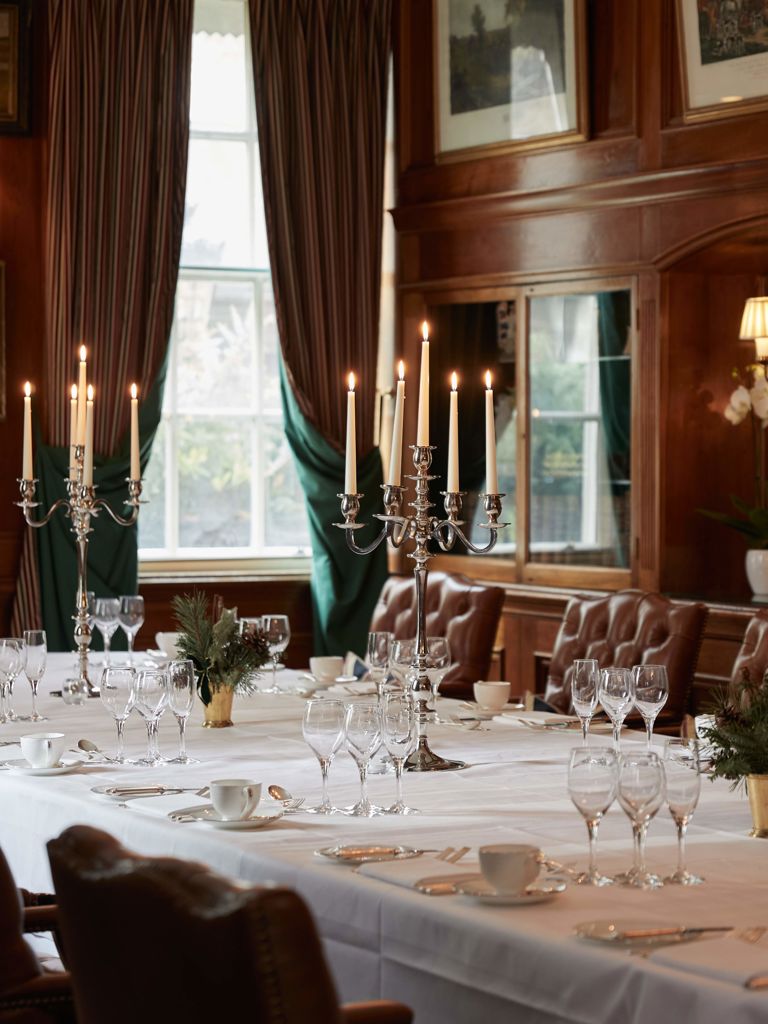
The history of Mayfair
Discover the history of the illustrious borough of Mayfair in London.

Discover the history of the illustrious borough of Mayfair in London.
The Chesterfield Mayfair is the perfect meeting place for business and entertaining. With high-specification meeting spaces and complimentary high-speed Wi-Fi, The Chesterfield is also home to the atmospheric Terrace Bar with a late license and live music, and Butlers Restaurant, popular locally for our delicious business lunch menu.
Discover more